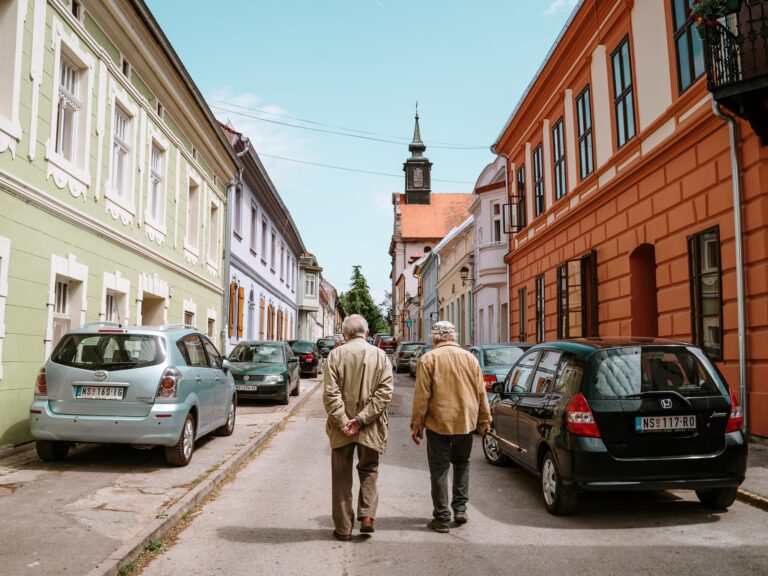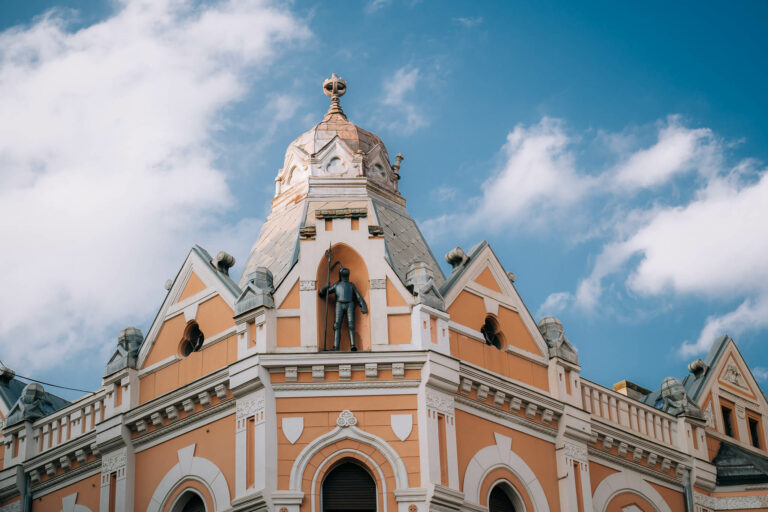The winding streets of the oldest neighbourhood in Novi Sad were created more than 300 years ago, when the inhabitants of the former village of Almaš came to this area. At first, they were mainly engaged in agriculture, and in the period of the Enlightenment, the neighbourhood gained importance as the pioneer of civic life and culture in Novi Sad. The Almaš Church from the end of the 18th century occupied the central part of the Almaš Neighbourhood, while the building of the Matica Srpska stands as an indicator of the role that the neighnourhood, where many famous citizens of Novi Sad were born, played in the cultural life of the city.
The Almaš neighbourhood is known for the spirit of old Novi Sad it has kept, with houses and other buildings dating from the period when Almašani inhabited this area, which makes visitors still feel like they walked into villages in the heart of the city. Things seem to be changing slowly in the Almaš Neighbourhood – here you will see authentic spaces and sites completely different than in other parts of Novi Sad. Nevertheless, the intertwined and winding alleys created by adapting to the existing uneven land formed after the withdrawal of the Danube, and the turn towards enlightenment of the initially rural population, are proofs of adaptability of the Almaš inhabitants and a reason of their pride.









